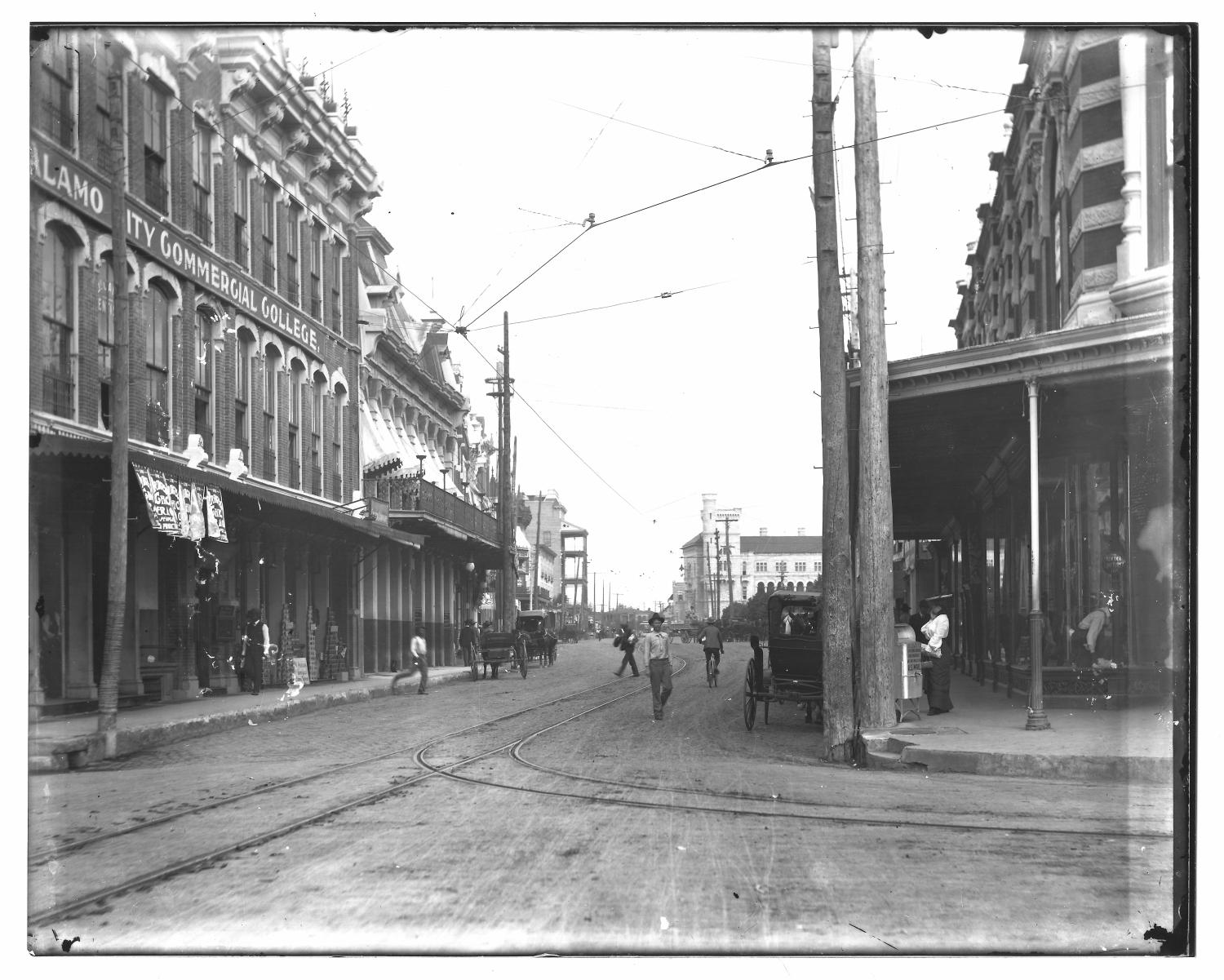Red clay kiln-dried brick pavers shaped the earliest Texas streets. We traverse this picturesque brickwork in historic districts across the Lone Star State, where well-built streets have long enhanced daily life and commerce. Replacing muddy roads with durable, well-constructed surfaces—set a precedent that echoed through the development of early Texas towns. Leaders and city planners recognized the need for lasting, navigable roads and turned to red clay kiln-dried brick pavers as both a practical solution and a foundation for growing communities.
Preserving the character of these long-established streets has benefitted from advancements in paver engineering and installation techniques, including permeable solutions that manage water runoff. Today, traditional paving techniques continue to influence modern outdoor spaces. Pavers remain a defining feature of Texas streetscapes, blending history with modern functionality in outdoor design.
Early Brick Pavers in Texas Cities
The streets in early urban Texas settlements were often impassable due to mud and erosion. Recognizing the need for better streets, local leaders took action. Bryan Callaghan, the mayor of San Antonio in the late 1800s, led the way by introducing kiln-dried brick streets made from a mixture of clay and sand in a 3:1 ratio.

Similarly, in Houston, city officials in the late 19th century began paving certain streets with brick, establishing the foundation for modern infrastructure. Harrisburg Boulevard, one of the earliest such projects, still retains segments of its original brick surface.
In the Texas Hill Country, San Marcos has preserved many of these early brick paver streets including key areas downtown that retain their original structure.
The Transition to Permeable Pavers
As cities expand, the demand for well-planned roads and efficient drainage systems increases. After the devastating 1900 hurricane, Galveston adopted a mix of kiln-dried bricks and early concrete pavers, incorporating permeable paving solutions to reduce flooding.
Austin transitioned from dirt roads to brick and later to concrete, thanks to the leadership of Mayor A.P. Wooldridge. These improvements helped manage stormwater while maintaining the charm of historic streets.
The Lasting Legacy of Pavers
Texas’ rich paving history continues to inspire modern outdoor design. From the clay brick streets of the 1800s to today’s high-performance permeable paver driveways, these materials connect us to our past while solving modern drainage and land stewardship challenges. Whether preserving the heritage of a historic town square or designing a beautiful outdoor patio, pavers remain a timeless and practical choice.
Modern paver technology allows water to filter naturally into the land, reducing runoff and preserving the landscape.
Do you have historic streets in your Texas pueblo? Please share your stories!
For more on the best practices of paver installation for patios, walkways, and driveways, check out these related articles.
If you would like a quote or design for a current project please get in touch!


 the “Hearth” of outdoor living
the “Hearth” of outdoor living









